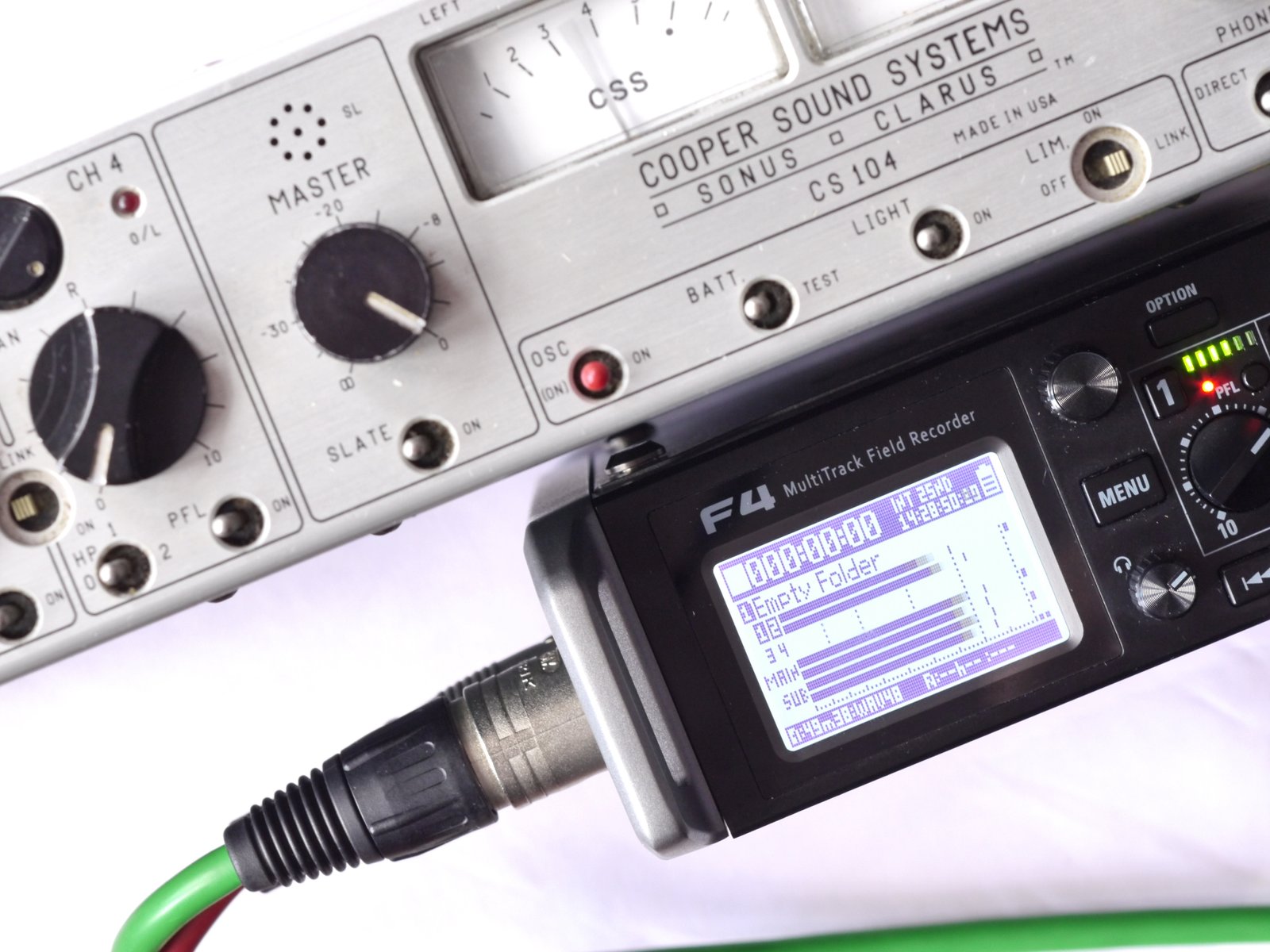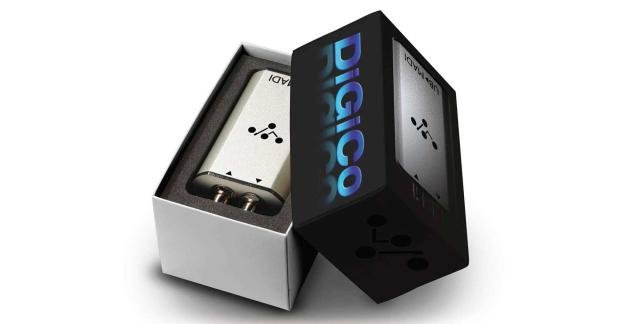I hope Lemmy isn’t on Twitter, or if he is I hope it is really a spotty 18 year old Motorhead intern who tweets for the great man. I say this because years ago I read a piece by Lemmy in which he berated modern rock bands for spending all their spare time on laptops, turning their back on the more traditional rock and roll pastimes of excess, wreckage and mind expanding substances. Those TVs aren’t going to throw themselves out of the windows. It’s a shame in a way, Lemmy and the Laptops is a great name for a band.
But just like everything else Rock and Roll is succumbing to the computer. Mixing desks, outboard, acoustic software, live is awash with computers and naturally as you have to drag your show from town to town, the laptop is king. But the laptop has a weakness, you can’t open it up and stuff in a PCIe sound card for multichannel recording. Sure you can buy an external box but how are you going to get 48 channels out of your mixing desk into a wimpy little analogue box? Even ADAT isn’t going to be enough unless your desk has got six channels of ADAT. No, ethernet is a much better bet, but what would be damned convenient would be something to interface with the Motorhead of multichannel digital audio — MADI, or AES 10. Dating back to before the dinosaurs, well 1991, MADI has been around for over 20 years and is supported by loads of manufacturers in the live market. And not least by DiGiCo who have provided their UB>MADI system for this review. This fag packet sized box takes MADI in and out on coax and turns it into USB 2 goodness, pluggable into every computer in the world and probably the TARDIS too. USB and MADI joined together in happy harmony.
Two things strike you straight away, what have DiGiCo done with the S out of USB in the name of the box and two — surely that’s USB3. You can’t get enough channels reliably down USB2, can you?
Well inside the UB MADI is a cleverly programmed FPGA, which sounds like a society for French golfers but is in fact a field programmable gate array, though confusingly you don’t have to be in a field (French or otherwise) to programme it. The FPGA in the UB>MADI enables 48 channels of 48 KHz audio in and out of your computer. Of course a word of warning here, if your machine or drive isn’t fast enough to shovel all that data, it won’t work. Or if you connect it to a USB bus that is hoaching with keyboards and mice you will also have problems. That of course is not DiGiCo’s fault, it’s just a fact of computing life.
The design and build of the box is really, really nice — you feel you could stand a sumo on it without a problem, sadly the Audio Media sumo was on holiday, you’ll have to take my word for it. On the back plate two coaxial sockets and on the front a type B USB and a multi colour led. And that’s all there is too it. It comes supplied in a nicely presented box along with a 4Gb usb stick with the drivers on it.
To date most of the developement has been done with XP but there’s also drivers for Win7 and OSX.
I used the box with four systems. My daily Fujitsu workstation – XP and awash with far too much software and drivers and the registry gunk that gathers over three or four years of daily use. A much cleaner Win 7 64 bit system, another much cleaner XP system but based on AMD and a MacBook Air circa 2010 with Lion 10.7.4, which is the required OS for the UB>MADI on a Mac.
If you want to record or playback 48 tracks of 24 bit audio at 48kHz then you need a system that will cope with writing nearly three and a half gigabits a minute or about 6 megabytes a second. Which doesn’t sound too much but if you want the whole show recorded without a glitch then your system has to maintain this without a hitch over an hour and half. 35 gigabytes of information without repitition, hesitation or blue screening. All four of my machines managed the trick, though my older AMD system was struggling. It needed the addition of a seperate drive, it wasn’t happy writing at that rate to the system drive. Mind you even with a seperate drive the AMD Venice (which is now 7 years old!) would occasionally drop out. I fiddled with buffers and things but basically don’t try and record 48 tracks on an antique computer, you are asking for trouble. And that of course is the problem with making the UB>MADI so damned universal, you can plug it into every computer made in the last 10 years, and then complain if the results are less than perfect. Just be realistic that’s all I’m saying. What you also need to do is check out your Deferred Procedure Call latency. If you are struggling with streaming all that audio it could be your drivers that are cramping your style. Google DPC latency — ignore people trying to sell you silicon and head off to thesycon.de, all will become clear.
Currently the UB>MADI supports only 48kHz sample rates but there’s no intrinsic reason why other rates cannot be supported in the future. The driver is minimalist, you don’t get a fancy control panel, it’s an on or off situation. I would have loved something like RME’s metering and matrix panels as an easy place to check ins and outs are working and give you some metering, but obviously you can use your DAW to do this.
On hand I had Reaper on XP, 7 64 bit and OSX and Sequoia 11 (12 coming soon) on XP 32 bit. If you do live on OSX world you will need at least 10.7.4 to use the UB>MADI. It actually pushed me to upgrade to Lion and of course you can now go for 10.8 Mountain Bike.
It is with some trepidation that I use my day to day machine for new hardware it’s been in too many registry hacking wars but you have to start where you are and so I did. The installation was easy and went without incident. I started with an RME Micstasy which worked pretty much plug and play. I then started bouncing 48 track 24 bit files back and forwards between my machines using an RME MADI card in my other PC.
I did have a couple of freezes on my old Fujitsu and in the end I stuck a new system disk in with a clean install of XP and my freezing went away. Windows 7 64 bit was pretty much entirely without incident. I was kind of expecting more issues on OSX and I didn’t spend so much time in testing but actually it held up pretty well, again using Reaper.
The UB>MADI is a great bit of kit that is going to be very popular in live circles. There are a few questions to ask yourself – do you have coax – remember there’s no optical on here. Can you get by with the first 48 channels of the MADI stream — you can’t cherry pick from the full 64 and finally are you willing to keep a pretty clean machine and finally finally — remember it’s your whole show down a non locking USB connector — be careful out there. MADI to USB is ready for lift off.

